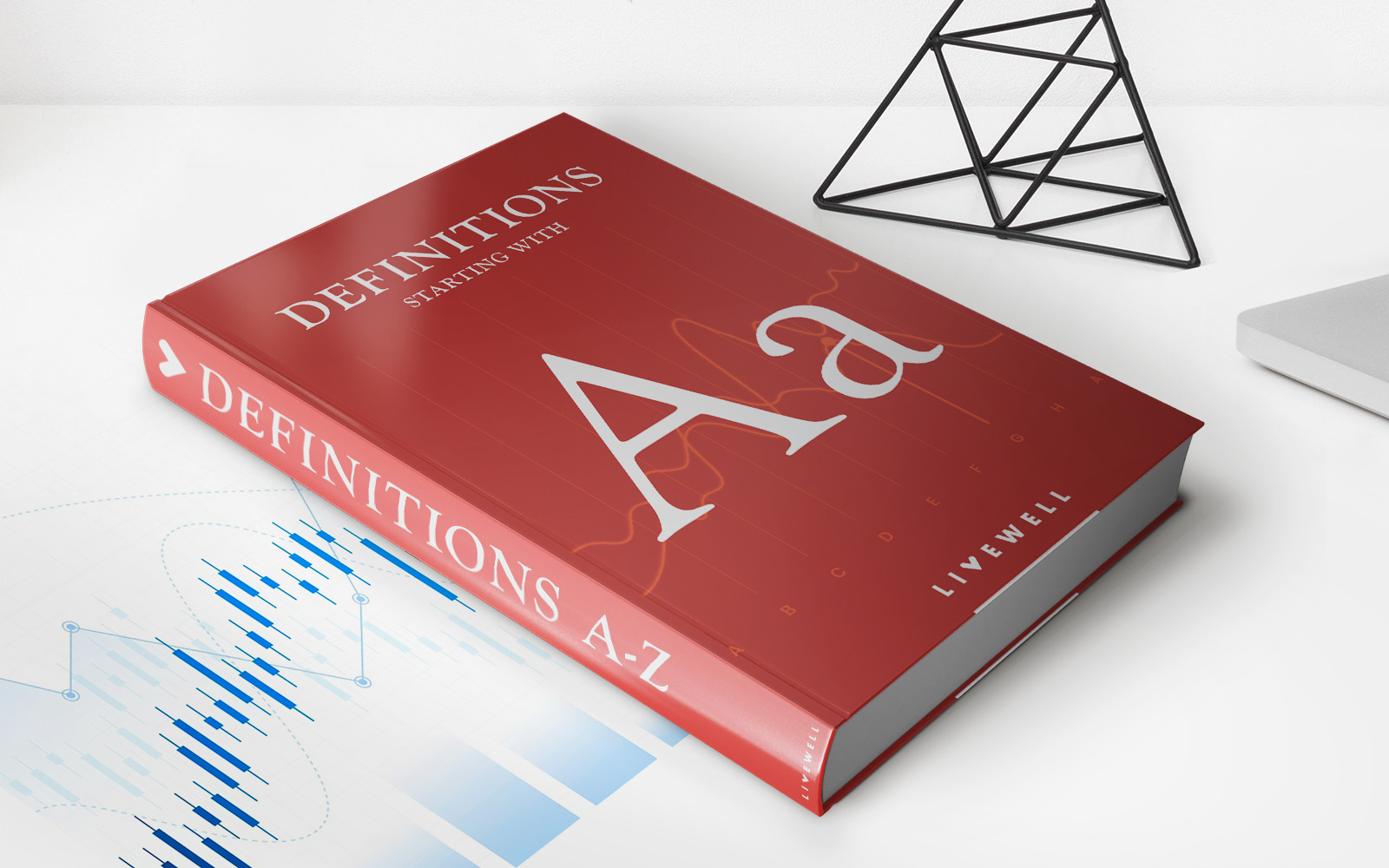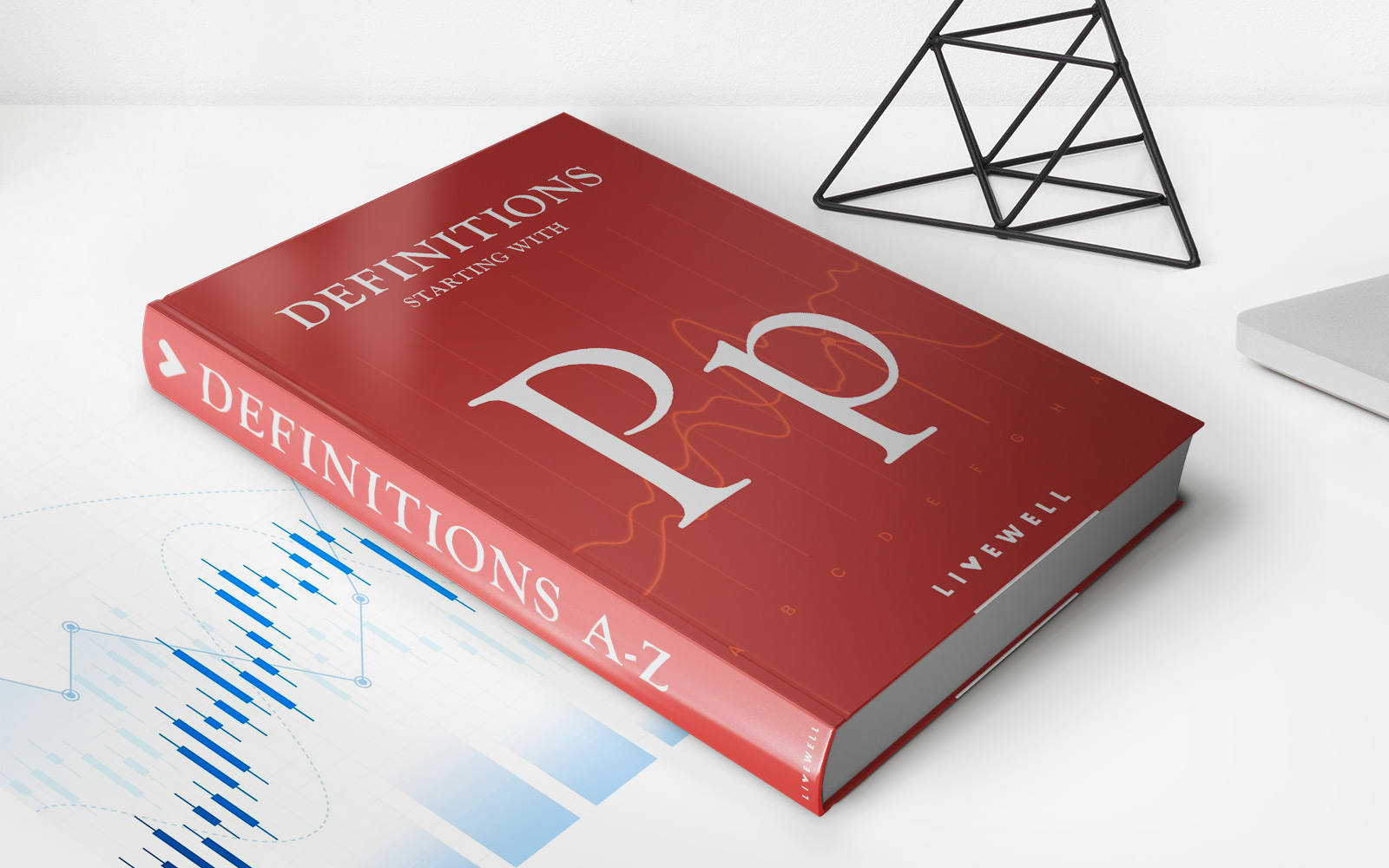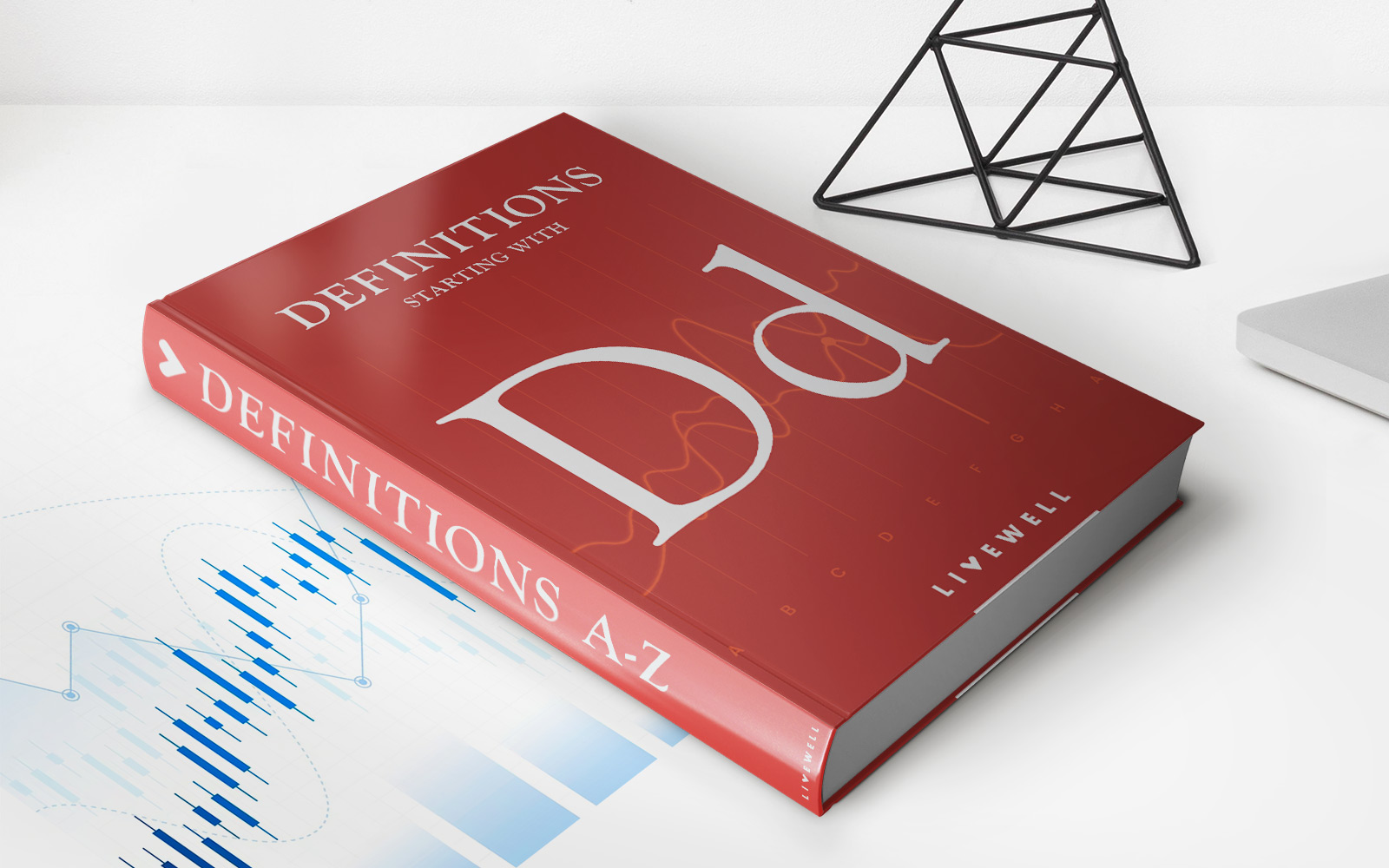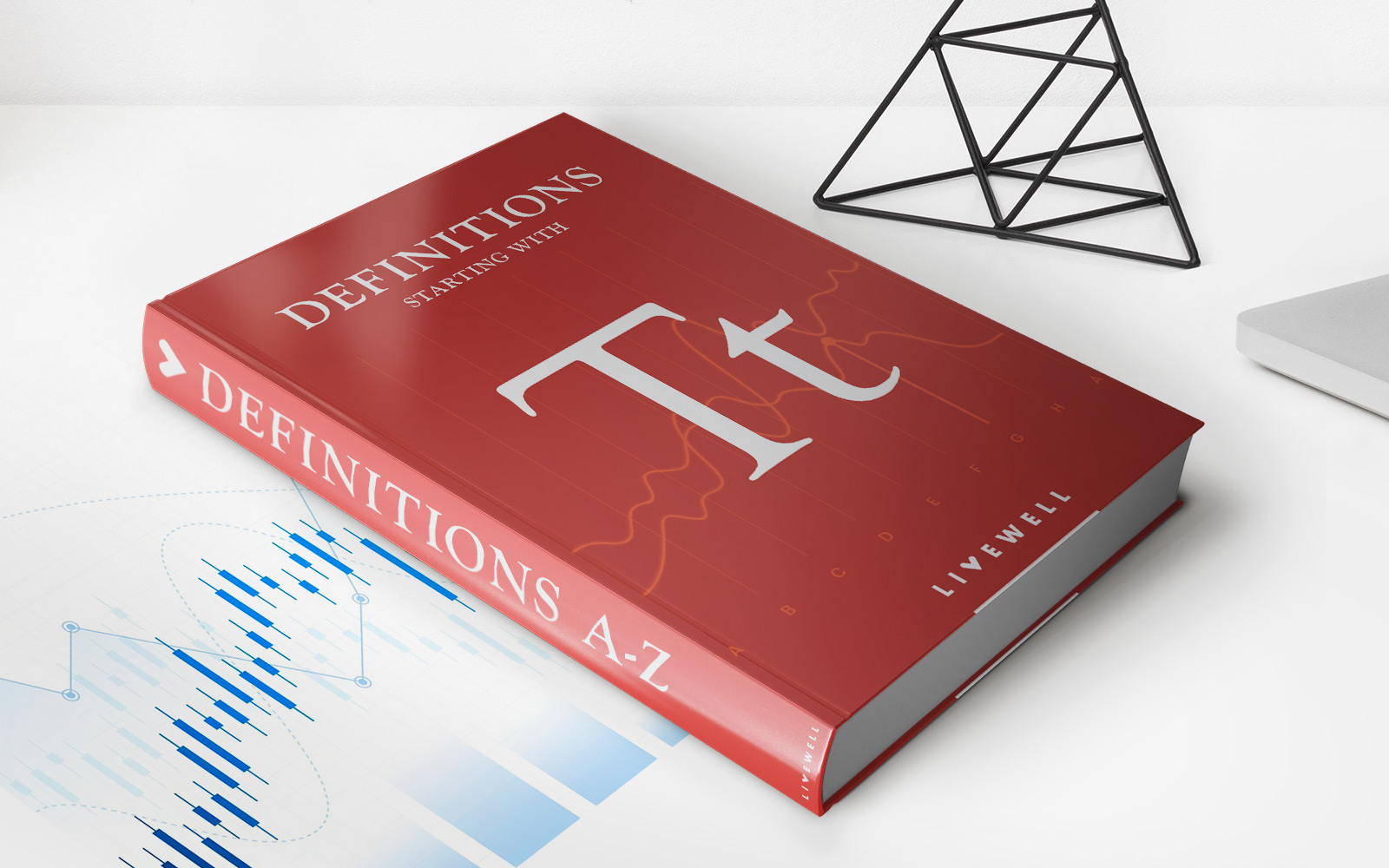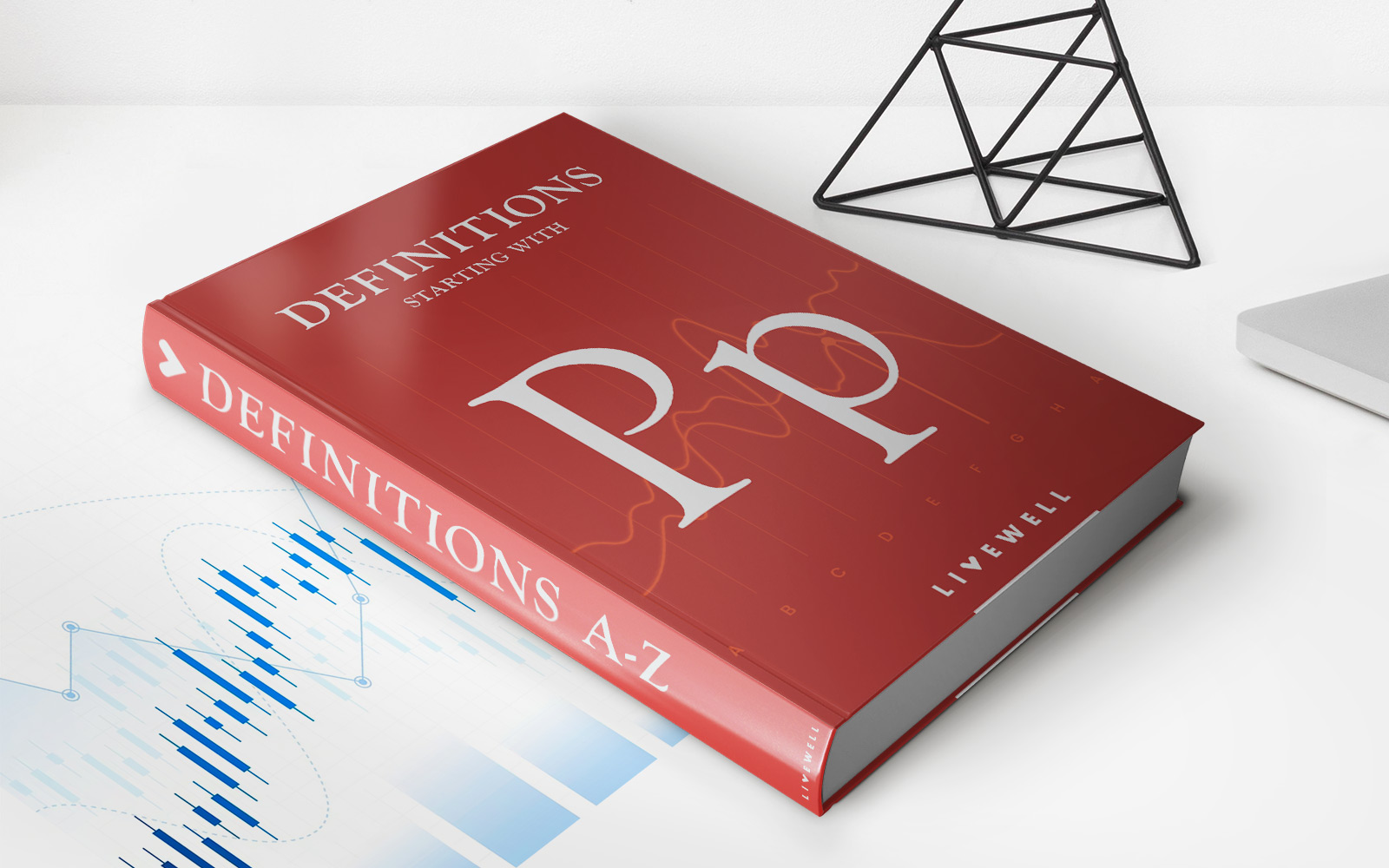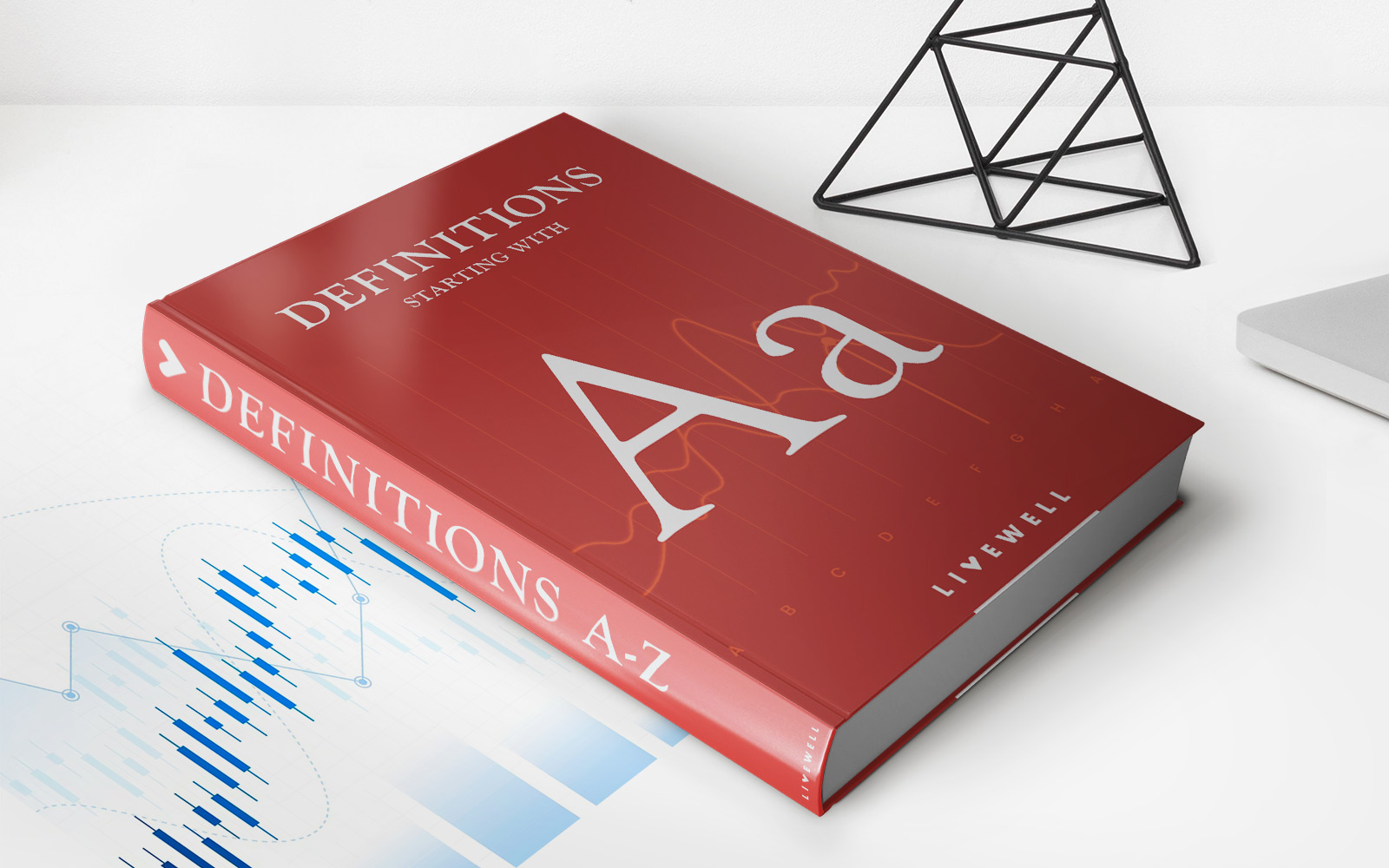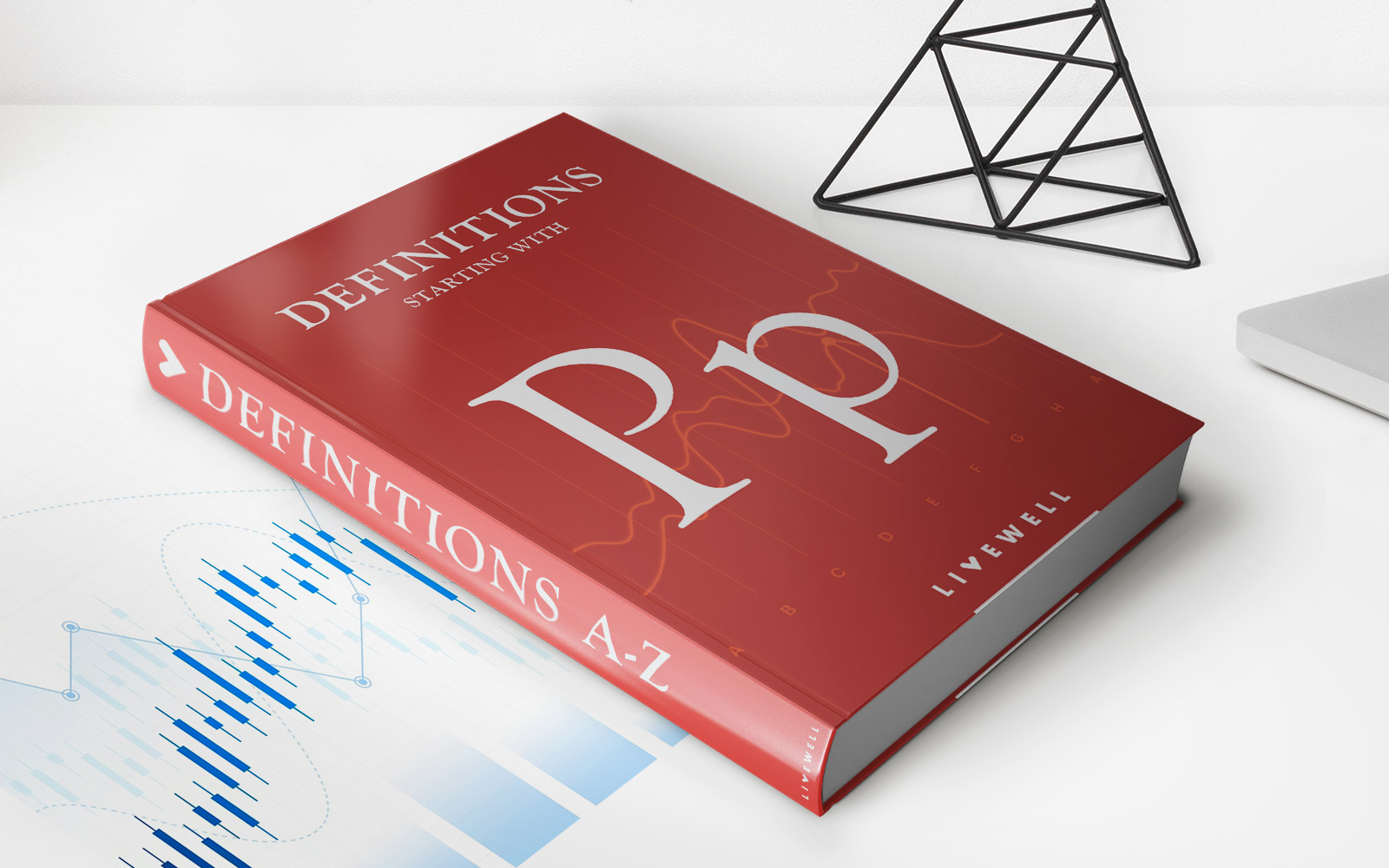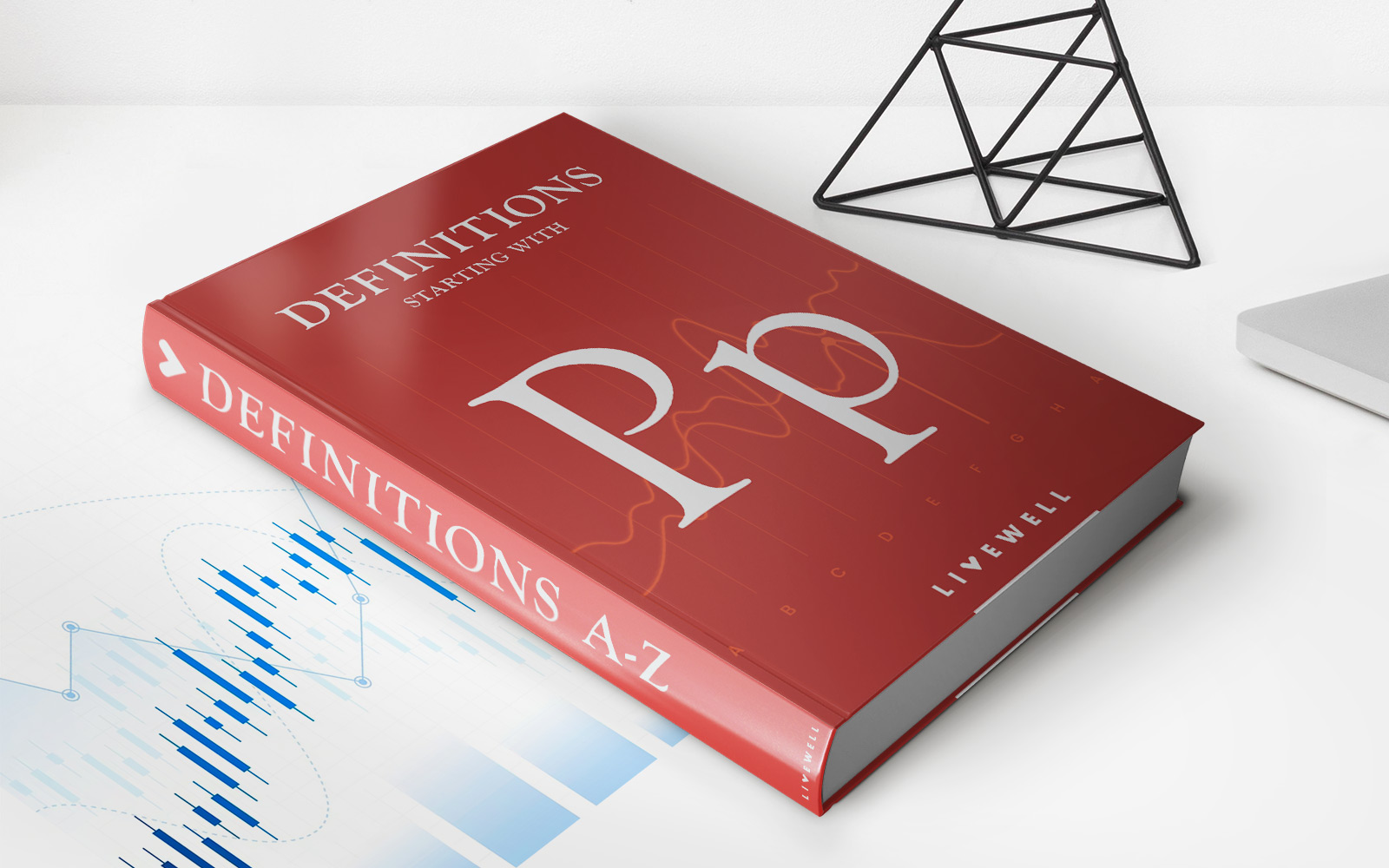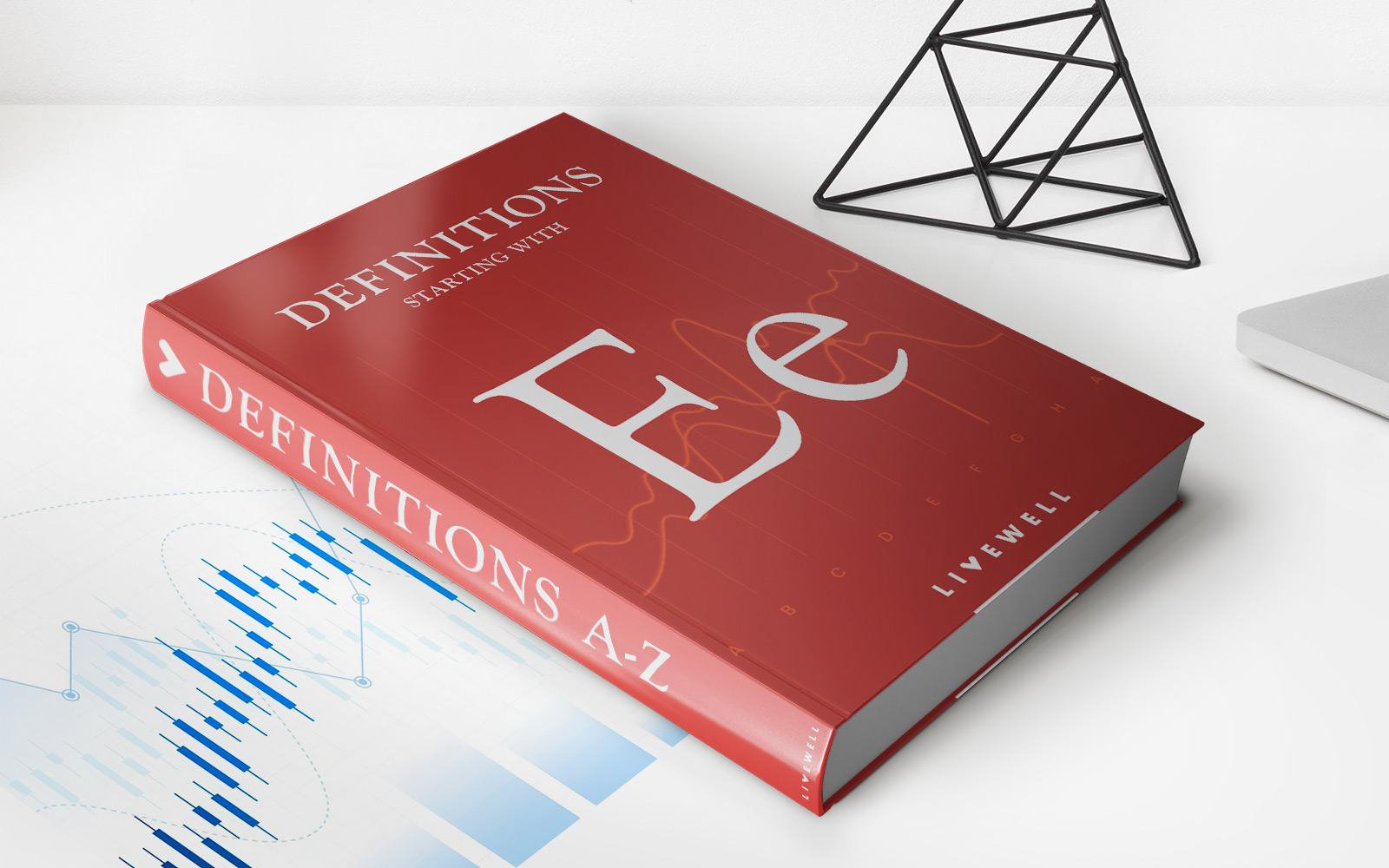Home>Finance>Loss Adjustment Expense (LAE): Definition, How It Works, And Types
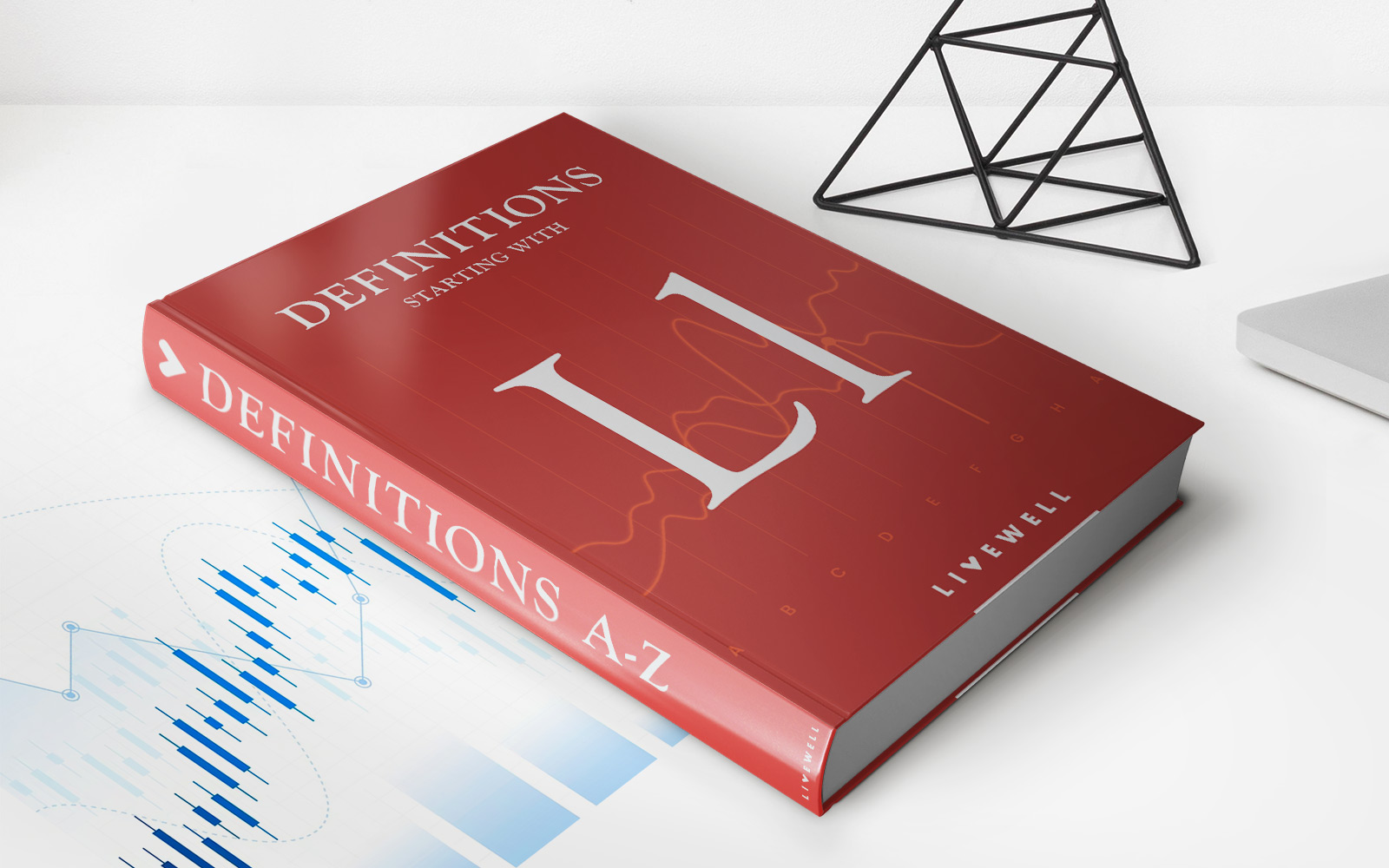

Finance
Loss Adjustment Expense (LAE): Definition, How It Works, And Types
Published: December 20, 2023
Learn the definition and workings of Loss Adjustment Expense (LAE) in finance, including the different types involved for effective financial management.
(Many of the links in this article redirect to a specific reviewed product. Your purchase of these products through affiliate links helps to generate commission for LiveWell, at no extra cost. Learn more)
Loss Adjustment Expense (LAE): Definition, How It Works, and Types
FINANCE is a broad category that covers a variety of topics related to managing money, investments, and financial planning. In this blog post, we will delve into a specific aspect of the finance world – Loss Adjustment Expense (LAE). If you’ve ever wondered what LAE is and how it works, you’ve come to the right place.
Key Takeaways:
- Loss Adjustment Expense (LAE) refers to the costs incurred by insurance companies during the investigation and settlement of claims.
- LAE can include expenses such as legal fees, expert opinions, and administrative costs.
Now, let’s dive deeper into the world of Loss Adjustment Expense and explore its definition, how it works, and the types of LAE that insurance companies encounter.
What is Loss Adjustment Expense?
Loss Adjustment Expense (LAE) can be defined as the costs insurance companies incur while investigating and settling claims made by policyholders. When an insured person files a claim, it often involves a thorough investigation to determine the extent of the loss and the amount that should be paid out in compensation. This investigation process incurs various expenses known as LAE.
How Does Loss Adjustment Expense Work?
When an insurance claim is filed, the insurance company assigns an adjuster to assess the situation, gather evidence, and determine the validity and value of the claim. The adjuster may need to consult with experts, such as medical professionals or engineers, to evaluate the loss properly. Additionally, there may be legal fees involved if the claim proceeds to litigation.
On top of these direct expenses, there are also administrative costs associated with processing claims. These include personnel costs, document processing, and other administrative tasks required to handle claims efficiently. All these expenses collectively form the Loss Adjustment Expense.
Types of Loss Adjustment Expenses
There are several types of Loss Adjustment Expenses that insurance companies encounter. Here are some common examples:
- Investigation Expenses: These are the costs incurred during the investigation phase of a claim. It includes documentation, site inspections, consultations with experts, and any other expenses necessary to evaluate the claim accurately.
- Legal Expenses: If a claim results in litigation, insurance companies may incur legal fees, including attorney fees, court costs, and other expenses associated with the legal process.
- Administrative Expenses: These are the costs associated with the administrative tasks of processing and managing claims. It includes personnel costs, document processing, technology-related expenses, and other administrative overhead.
- Subrogation Expenses: Subrogation refers to the process where the insurance company, after settling a claim, seeks reimbursement from the responsible party. Subrogation expenses encompass the costs involved in recovering these funds.
Conclusion
In conclusion, Loss Adjustment Expense (LAE) plays a crucial role in the insurance industry. It includes various costs incurred during the investigation, settlement, and management of claims. By understanding LAE and its different types, insurance companies can better estimate the overall expense involved in providing coverage to their policyholders. Overall, LAE is an essential factor that insurers consider while determining premiums and making strategic decisions to ensure the long-term sustainability of their business.
